Nature's light show: Northern lights dazzle skies after severe solar storm
Stunning displays of the Northern Lights or aurora borealis occurred on May 10. These were caused by a severe geomagnetic storm that hit Earth. This storm resulted from a solar outburst—specifically a coronal mass ejection (CME)—that reached Earth unexpectedly early on Friday afternoon. CMEs are large expulsions of plasma and magnetic field from the sun’s corona that, when directed towards Earth, can interact with the Earth’s magnetic field. This interaction accelerates particles in Earth’s magnetosphere, causing them to collide with molecules in the atmosphere and emit coloured light
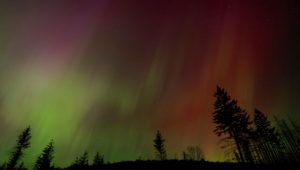)
A solar outburst reached Earth unexpectedly early on Friday afternoon, causing stunning auroras across the Northern Hemisphere. AP
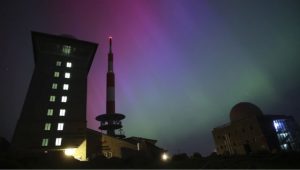)
According to meteorologists, the effects of the auroras were expected to last through the weekend and possibly into the next week, providing prolonged opportunities for viewing. AP
)
The storm and related solar flares are part of increasing solar activity as the sun approaches the peak of its 11-year cycle. AFP
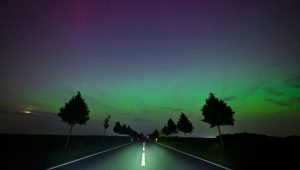)
The intensity of the current solar storm is notable but not unprecedented, with the most intense storm on record occurring in 1859, which produced auroras as far south as central America and possibly Hawaii. AP
)
The solar storm behind the beautiful auroras poses a risk to high-voltage transmission lines and power grids. AP
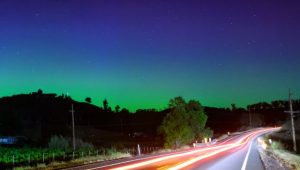)
Rob Steenburgh, a scientist with NOAA’s Space Weather Prediction Center, indicated that most people on Earth would not need to take any special precautions for the event, which provides a unique visual treat. AFP
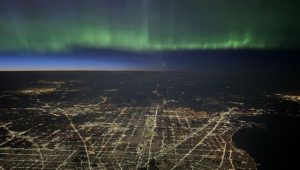)
The city lights and auroras in the night sky made for a stunning view from a plane. Image courtesy: X/@whereisyvette
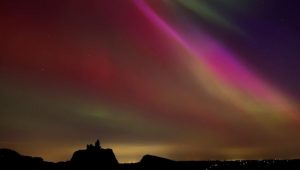)
Measures are being taken to protect vulnerable systems, including potentially turning off sensitive instruments on satellites to prevent damage. Reuters


)
)
)
)
)
)
)
)



